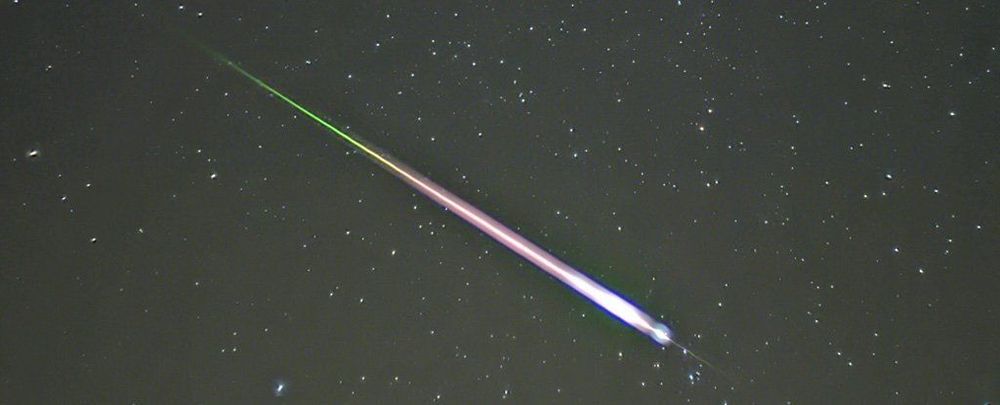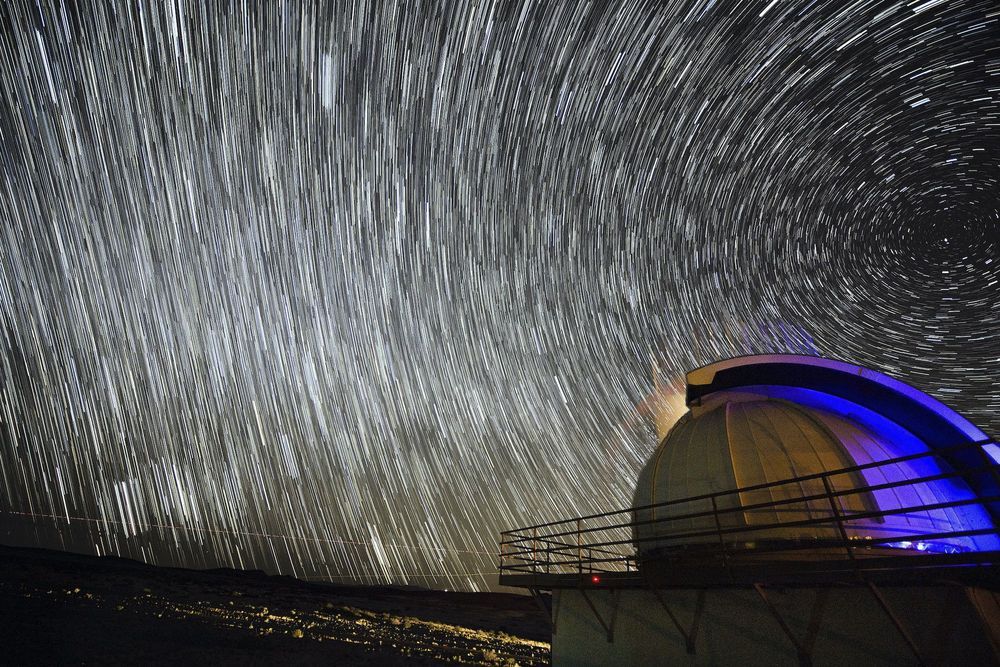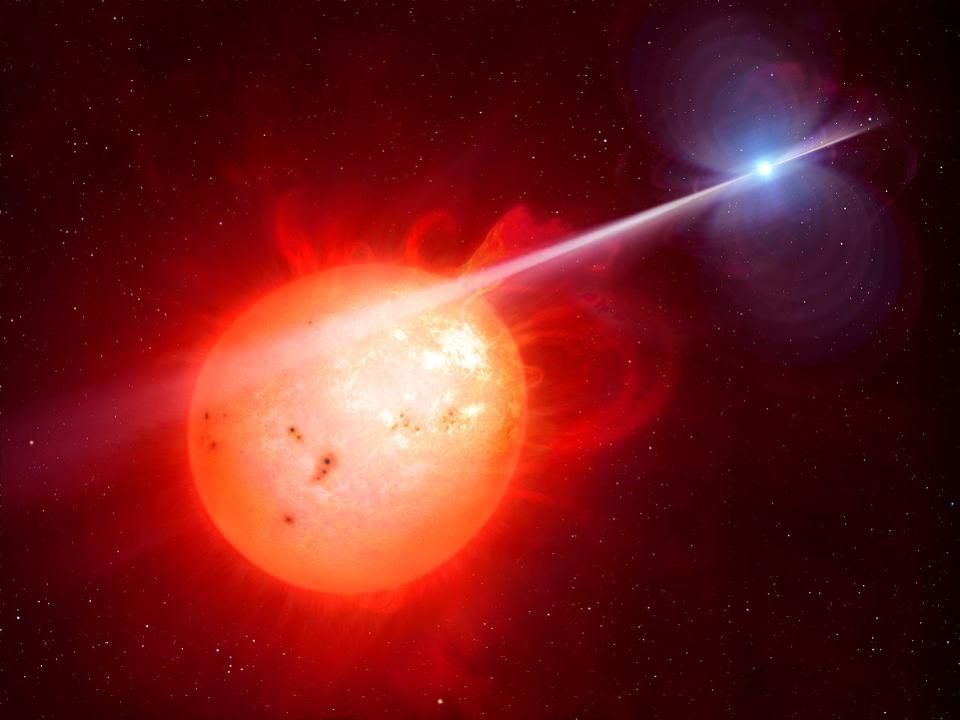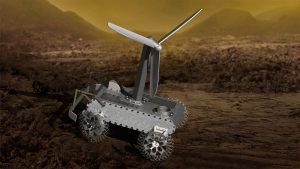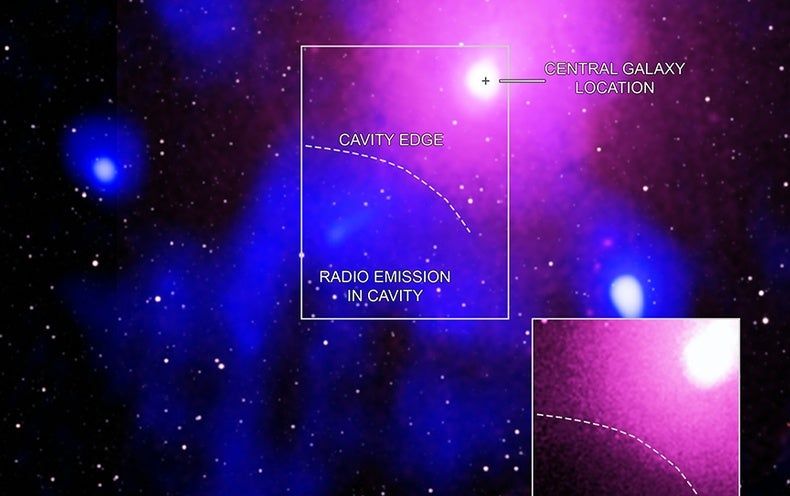A new discovery could be a clue for us to see if life could emerge elsewhere in the Solar System. Using a new analysis technique, scientists think they have found an extraterrestrial protein, tucked inside a meteorite that fell to Earth 30 years ago.
If their results can be replicated, it will be the first protein ever identified that didn’t originate here on Earth.
“This paper characterises the first protein to be discovered in a meteorite,” the researchers wrote in a paper uploaded to preprint server arXiv. Their work is yet to be peer reviewed, but the implications of this finding are noteworthy.
